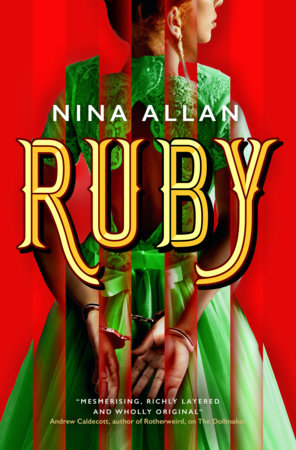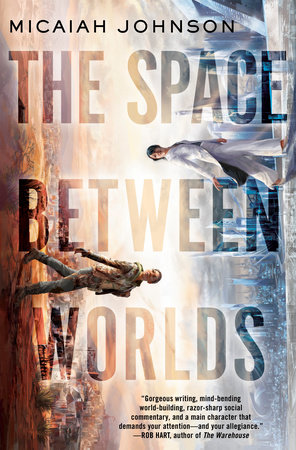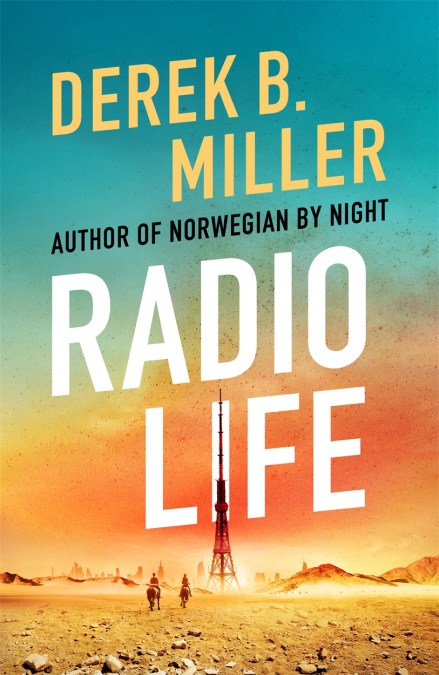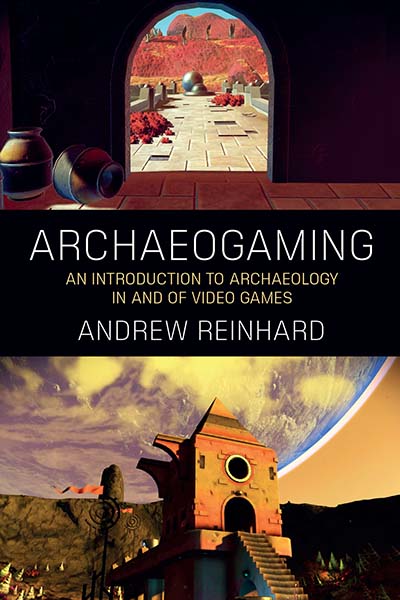The Other Shore by Hoa Pham (Goldsmiths Press, 2023)
Review by Harry Slater
The Other Shore, by Hoa Pham, winner of the Viva La Novella prize, deals with some of the biggest questions there are. It’s about life and death and legacy, about power and control, colonisation and oppression, ancestry and the price we pay for the future we want. And it’s all told from the perspective of a sixteen-year-old Vietnamese girl, Kim Nguyen. That makes for some interesting stylistic choices; the prose can sometimes feel stilted, lacking in the emotional clout that an older voice might add. At the same time, though, there’s a visceral naivety at play here, the realisations of the state of the world are ever more compelling because they’re wounds delivered fresh, for the first time. In one way, then, The Other Shore is a coming-of-age story, and at the same time a brutal indictment of human cruelty, an examination of the structures of power that bind Vietnam, and the world, and how they’ve come to be. After a brush with death, Kim discovers that she can read people’s minds by touching them, a gift bestowed upon her by the goddess Quan Âm. More than that, she now has contact with the titular Other Shore, the place where the dead go after passing on. At first her father uses her newfound powers to earn money from his business associates, but it isn’t long before the government comes knocking. Kim is taken to a mass grave by Bác Phuc, another apparent psychic working for the communists. There she’s tasked with reconnecting buried soldiers with their families, giving their restless spirits the chance to finally find some solace. But there’s a catch – if she discovers southern Vietnamese remains, they’re tossed to the side, left to their haunted afterlife. This forms one of the core moral quandaries of the book; Kim knows she should be helping everyone to find peace, but the powers-that-be simply won’t stand for it. This burgeoning sense of responsibility, of behaving in ways that shake off the ideas of the past, leads her to Khôi, a second-generation Vietnamese American working as an interpreter for a US MIA mission. There’s an idealism to him, and a freedom, that Kim finds alluring. Interspersed with this trauma is a strange love triangle between Kim, Bác Phuc and Khôi that doesn’t quite ring true, feeling more like an extended metaphor for the possibilities that are opening and closing in Kim’s life. The Other Shore deals with complex cultural issues with a deft hand, showing Kim’s innocence slipping away as she starts to confront decades-old actions that have shaped the life she lives today. At times it can be quite clunky, though, and there are decisions and story beats that seem to come too quick, sometimes occurring in the space of a paragraph. Kim’s relationship with her dead grandmother is the beating heart of the story, tying together the past, present and future with a kindness and a spirituality that the modern world Kim inhabits appears to have left behind. There are heartbreaking moments, and the confusion, excitement and terror of adolescence is captured within the staccato rhythms of the piece. While The Other Shore might lack fluidity and fluency, it poses its questions with a steady hand and doesn’t flinch away from showing us Kim’s strife in harrowing, gut-wrenching close-ups. There’s no easy ending here, no final resolution, and that’s fitting for a book that confronts such fundamental and difficult topics. This is a book layered with the spiritual and the political, a meditation not just on life and death, but on our attitudes towards them. It’s hard going sometimes, in several different ways, but The Other Shore leaves you with deep questions about what it means to be human, and for that alone it’s worth checking out.









![Railhead by [Philip Reeve]](https://m.media-amazon.com/images/I/51ahKtLM5ZL.jpg)

